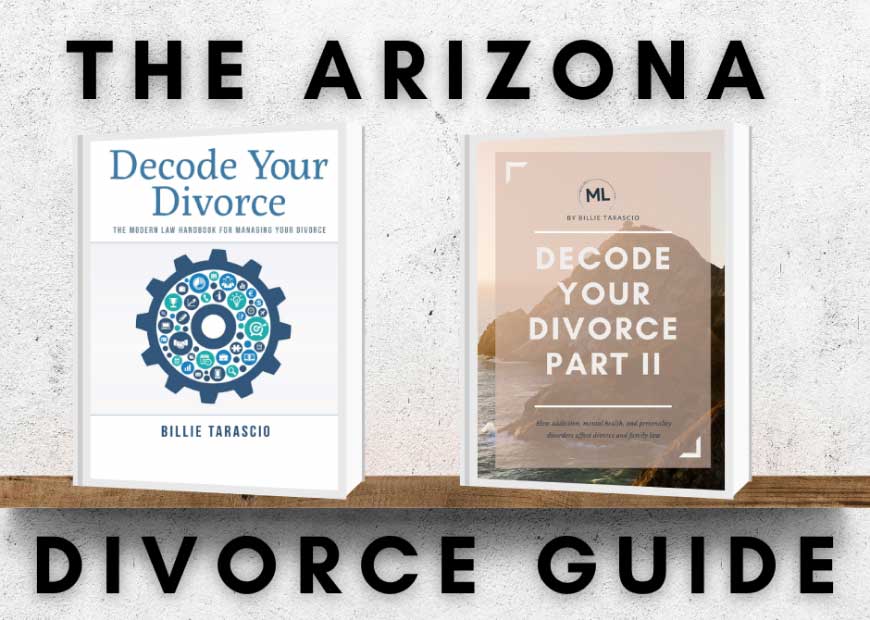You have filed for divorce. What now? You know that there is a 60 day waiting period in Arizona before the court will even consider finalizing your divorce. What can you do to make the most out of those 60 days? Here are five tips to help you hit the ground running at the 60 day mark.
- Take a deep breath. They call it a “cooling off” period for a reason. It is public policy in Arizona to give both parties to a divorce time to consider whether divorce is the correct option for them. Until that time has expired, the Court will not sign off on the divorce, even if the parties have reached and executed a full agreement. This prevents parties from making rash decisions in the heat of the moment. However, even if you know for certain that divorce is the option for you, you can take advantage of the 60 day waiting period by taking some time to focus on yourself, and begin building a plan for your future.
- Gather Information. The divorce process is going to require a complete understanding of your assets, debts and finances. In order for the court to properly allocate your property and debts, the court must have proof of what they are. You can use the 60 day waiting period to cool off and get a head start on your disclosures. Check out Rule 49 of the Arizona Rules of Family Law Procedure to find out what you are required to give the other party based on the issues in your case. For example, if you own a home, you will have to produce a copy of the title, an appraisal if you have one, and six months of mortgage statements, if applicable. Similarly, if you have retirement accounts, you will have to provide six months of statements for those accounts. The reason the court asks for six months by default is to ensure that no major withdrawals have been made in anticipation of divorce.
- Request Information. You may not have all the information you need to complete your divorce. The good news is that you do not have to wait until the 60 day waiting period is over to begin asking the other party for the information you are missing. You can ask the other party for information through formal discovery requests as soon as they have been served with the petition for dissolution. By default, most discovery requests must be answered within 40 days of receipt. As such, sending a discovery request early on in the case can ensure that you have all of the information you need before the “cooling off period” expires.
- Build a budget. After you have done your information gathering from step two, it is time to complete your affidavit of financial information. This document can be treated as a budget for your future. Do not complete it based on what your current expenses are, but rather what your anticipated expenses will be after the divorce. Make sure to mark anticipated costs with an “*”. This will signal to the court that your entry is based on an estimate and not an historical number. Going through this process will also force you to consider how you want to handle the many upcoming transitions changes. Will you be staying in the marital residence? Will you be renting? Will you be buying a new home? How will the divorce impact health insurance, car insurance, and your post-divorce debt obligations? Obviously, you cannot predict what the judge will ultimately do in your case, but answering the AFI questions with a realistic eye toward the future will help set you up on the path to success.
- Make an Offer. Now that you have completed steps three and four, you are ready to take a step back, assess the situation, and make a written offer of settlement. The purpose of this written offer is two-fold. First, you are sending the offer to explore whether settlement is possible. The opposing party will either accept the offer, reject the offer, or make a counter-offer. If the opposing party makes a counter-offer, pay special attention to how far apart it is from the original offer. The closer the two offers are to each other, the more likely a full settlement can be reached in the near future. Second, you are sending the written offer so that if the case ends up at trial (and you believe the other party has been unreasonable), you can show the judge that you have been trying to settle the case under reasonable terms from the get go. This will put you in a good position to request attorney’s fees.








